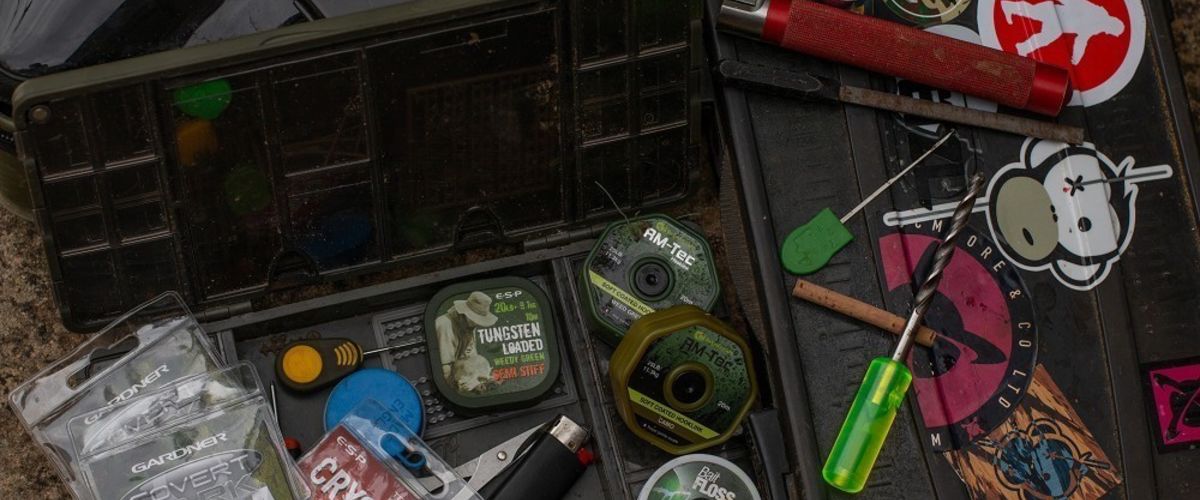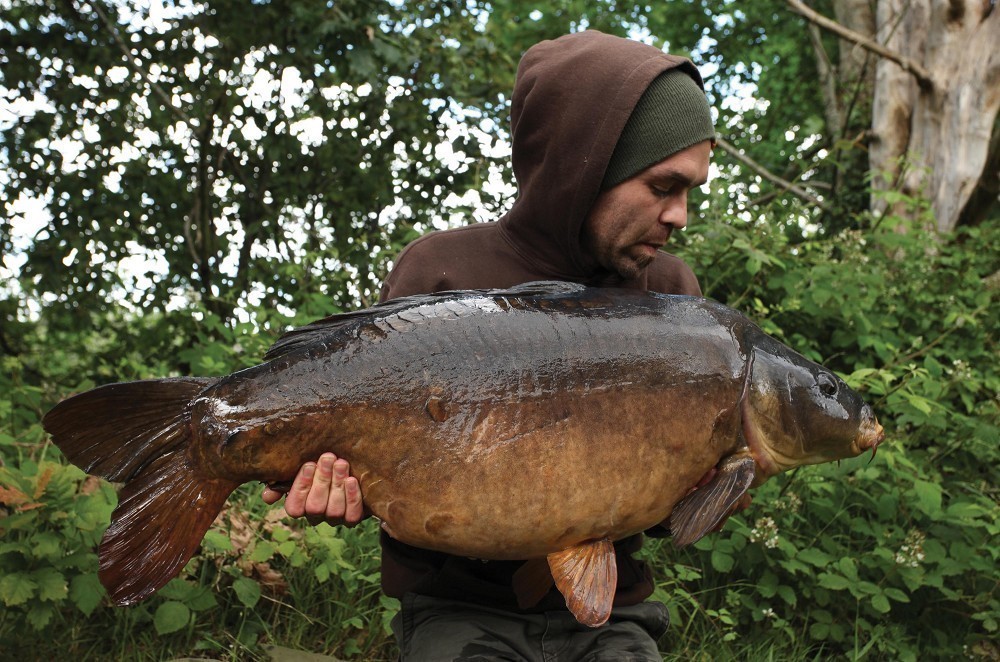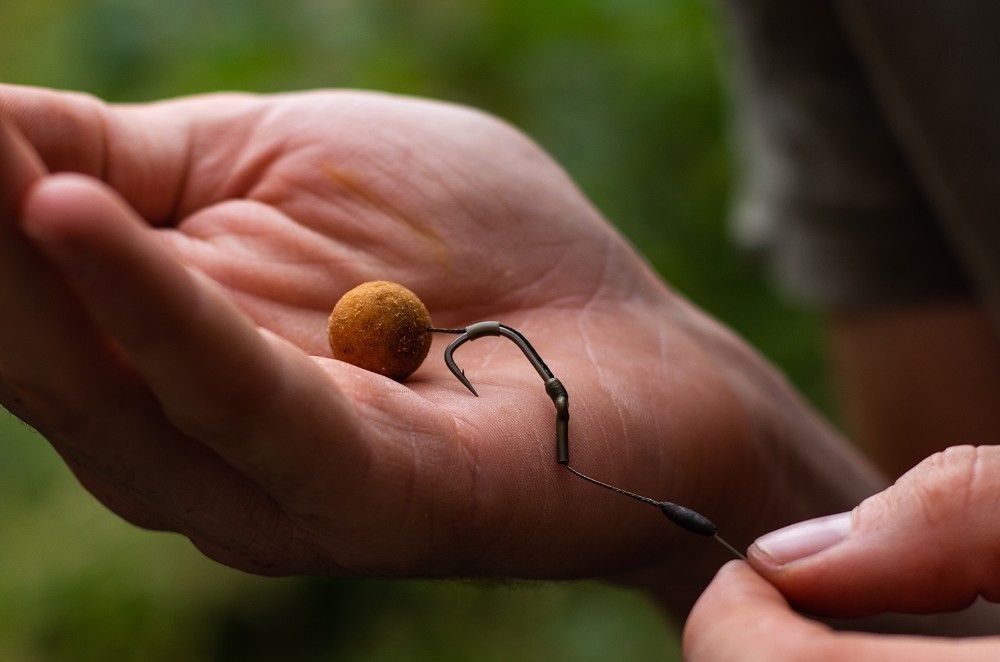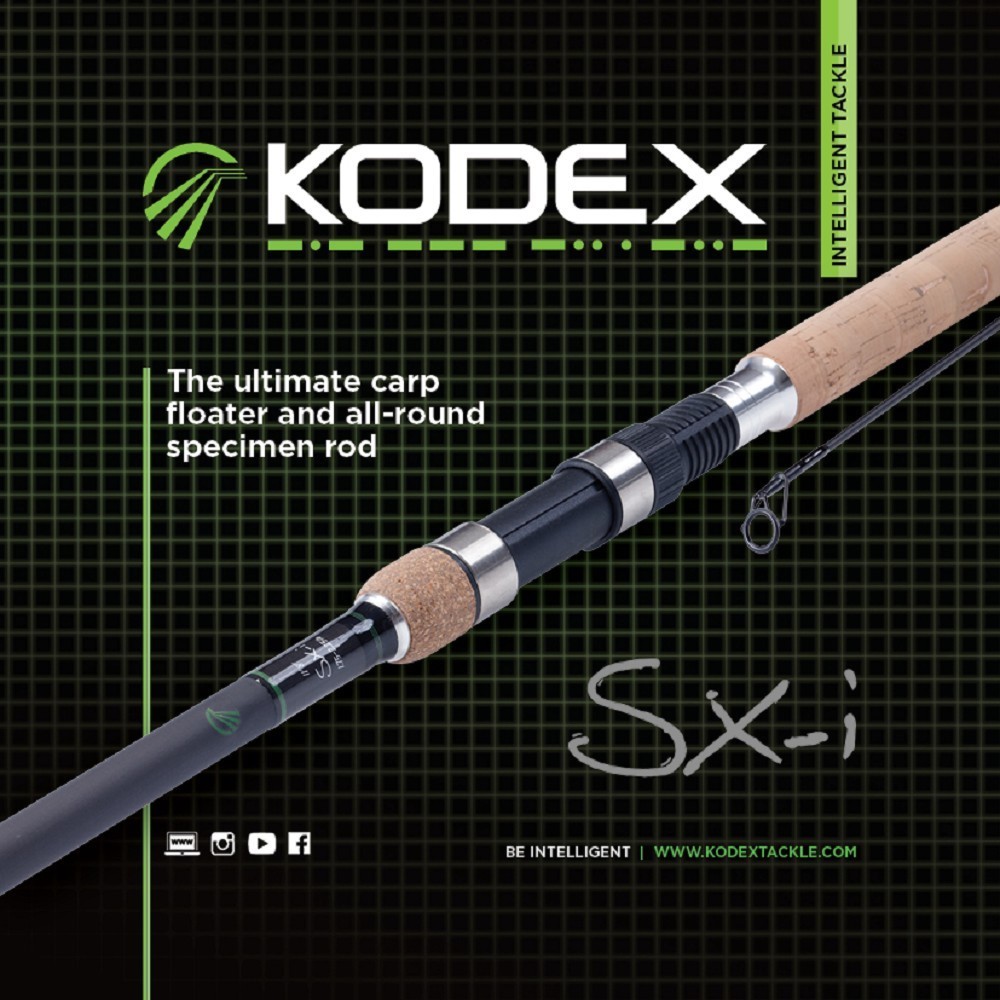
10 of the biggest carp rig myths
What’s truth and what’s just hearsay?
1 Carp avoid Chod Rigs
The theory: Since the early Noughties, when the Chod Rig became known as, well, the Chod Rig, every angler in the land has tied one up and as a result, the said ‘cast-it-anywhere’ rig has now blown thanks to the carp learning how to deal with it.
The facts: “Nothing ever truly blows and the Chod Rig is a great example of this,” says Avid Carp’s Brand Manager, Mat Woods. “I think the days you could ‘cast-it-anywhere’ have certainly gone on many venues and the rig must be applied as originally intended to work best. By that I mean areas that are a little choddy with weed or detritus, where you aren’t really getting a positive thud on the lead when feeling it down. Slinging them out without first checking the lakebed, for me, is counter-productive.”
2 'Everything's pinning down very nicely'
The theory: By adding one or two of those tungsten sinker weights (the ones which you thread onto your hooklink), it means your rig is sitting nice and flush to the lakebed.
The facts: “Almost always a myth,” boldly states our underwater pro, Rob Hughes. “The problem is that “stuff” on the bottom of the lake tends to get underneath your hooklink and hold it up. Weed, sticks, stones etc. all get in the way. The sinkers are not heavy enough to pin it down hard on the deck, although they are okay at negating the air bubbles which get trapped in the braid. A chunk of putty is a much better bet unless you double or treble them up.”
3 'I'm using anti-eject rigs'
The theory: By adding that rig ring to the hook shank, when the fish tries to eject the rig, the rig ring will travel down the shank, leaving the hook still in the mouth, perfectly poised to grab hold of the fish’s mouth.
The facts: “I’ve used a rig ring sliding on the shank for years, since the late 90s in fact,” says Subsurface ed. Gaz Fareham. “I definitely don’t believe it works with mechanical precision exactly like the pictures and theory suggest, but what I think the ring does do is help alleviate the potential for the weight of the bait rotating the hook point out once a fish has been pricked through there not being a fixed pivot point for that to work from. I suffer virtually no hook pulls, so something is working right and that is good enough for me!”
4 'You won't catch on a pop-up from here, mate'
The theory: The same is often said of floater fishing, but can there really be any truth in it? Pop-ups have caught from every venue the world over, so why not in this particular lake?
The facts: Says seasoned carp angler Shaun Harrison: “This seems to be one I have heard at a few venues and usually ensures that I have at least one rod on a pop-up. If no one is using them then that’s a very easy little edge to give yourself by simple virtue of being different. I’m not convinced a big carp can actually tell if a bait is an inch off the bottom or on the bottom anyway. Don’t ever take what you are told as gospel – keep your options open and prove things yourself.”
5 'My hooklink and end tackle is perfectly camouflaged'
The theory: You’re fishing over a gravel spot, so you’ve tied up your rig using that new ‘Gravel’ coloured hooklink material. It’s the same with your lead clip, tail rubber – even the tubing’s ‘Gravel’ coloured, so surely it must be almost invisible, right?
The facts: “Myth!” laughs Rob Hughes. “Since when has gravel been one uniform colour? Gravel is a different colour in different regions, and in the swim it is mottled. Some will be dirty, other bits clean, some will be polished etc., etc., so there is a very, very slim chance that your link will be the same as the bottom. Have a look at what the local stone colour is, that will give you an idea of the gravel and silt colour in the area, then pin it down using tungsten if you want it out of the way.”
6 A complicated rig catches more carp
The theory: A rig which is tied up featuring a rig ring, a mini rig swivel or a piece of silicone on the hook shank will improve a rig’s performance significantly and be far more effective than a simple Knotless Knot rig.
The facts: From the man who’s used the same braided hooklink with an line-aligner set-up for over three decades, Simon Crow: “A complicated rig does catch more than a simple one, but unfortunately it only catches more anglers, not carp.”
7 There's such a thing as a 'big fish rig'
The theory: The Hinged Stiff Link, the Choddy – just two presentations which are often classed as ‘big fish rigs’ but can you really construct a rig which will only nail the big girls of the lake?
The facts: “I’ve often heard the term, but in reality, it can no more be true than the tooth fairy flying around with half-a-hundred weight of pound coins in a sack every night,” laughs big fish angler, Dave Lane. “1: If the rig only hooks big carp and not smaller carp then it is basically flawed as the smaller carp are getting away with it. 2: If the smaller (younger) carp do not pick up the rig in the first place then why would the bigger (wiser) carp? 3: How can a rig decide on what is classed as big on any specific venue? If you take the rig to a lake that has four forties, a fifty and a large back-up stock of eighteen- to twenty-four-pounders then, we assume it will somehow avoid the eighteen- to twenty-four-pounders. If you then take the same rig to a lake that has four mid-twenties up to twenty-four-pounds and a back-up stock of fourteen- to seventeen-pounders what will you catch? A twenty-four-pound carp is very big fish to someone who has never caught one, but how does the rig know that?”
8 'Look how quickly that turns on my palm!'
The theory: To see how effective your rig’s turning mechanics are, simply run it across your palm to see how quickly it grabs hold.
The facts: “Firstly, a rig doesn’t have to pass the ‘palm test’ to be highly effective,” states hook sharpening expert, Jason Hayward. “Many of the best rigs that have been used in the past do not turn at all. Having said that, a great many successful rigs DO actually turn very quickly and effectively, so what can we learn from this? Well, it proves that if you have a rig that is working well for you then don’t worry about the fact that it doesn’t turn on your hand! A rig’s mechanics should be designed for the fish you are actually fishing for, as simple as that. Do not get too caught up in the ‘rig trap’ of believing a rig HAS to turn, re-set, kick away etc., etc. Use what you are confident in.”
9 A sharper hook will catch you more carp
The theory: A thinner hook point will penetrate the skin quicker, making the carp bolt quicker, meaning deeper hook holds and more fish taking up megabits on your camera’s memory card.
The facts: “It’s a fact that a thinner, sharper, needle-like point will penetrate quicker than a standard, thicker, less sharp point – hence why I sharpen 90% of my hooks,” states Jimmy Armstrong. “You will hook more carp if the point is sharpened to a good standard – it cannot fail to convert more pick-ups. I’m no doctor but you don’t see injections with a thick point, they use thin needles because they penetrate easier and with less pain, ha, ha. The only way it won’t is if it is burred over. That’s where an Ultra Eye comes in; always check your points!”
10 'My hooklink's kicked away from the lead'
The theory: We’ve all heard it, we’ve all read it, you may even think it every time you cast out, but does your hooklink really kick away from the lead when it touches down on the lakebed?
The facts: “Rigs on the bottom very rarely look like they do in a drawing in a magazine,” jokes Hughesy. “To get it laid out you need to do one or both of the following: use a critically balanced bait and a stiff hooklink material, so when the bait sinks, the force of the hooklink is strong enough to kick the bait out. Critical and stiff link: yes; bottom bait and supple link: fail. Alternatively you need to pull back slightly as the lead is dropping through the water to create separation between the lead and bait. It you don’t do either the chances are your bait will be very close to your lead.”








